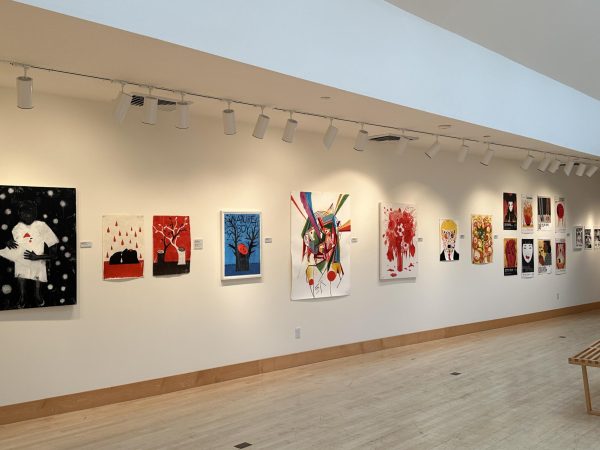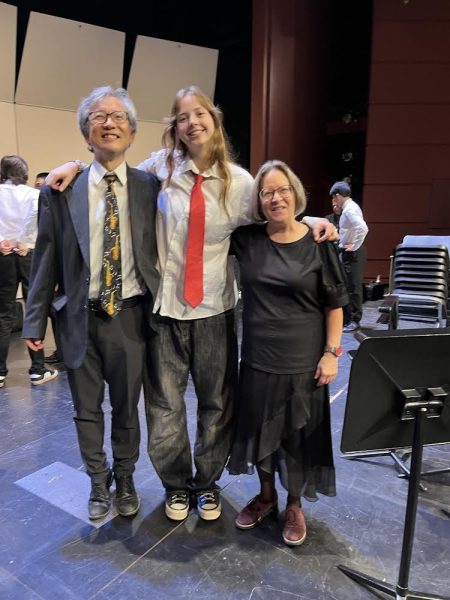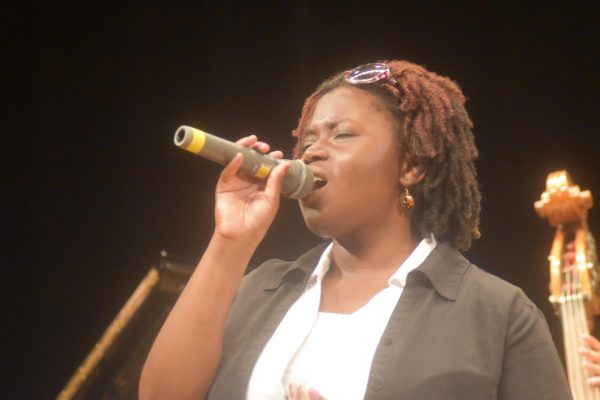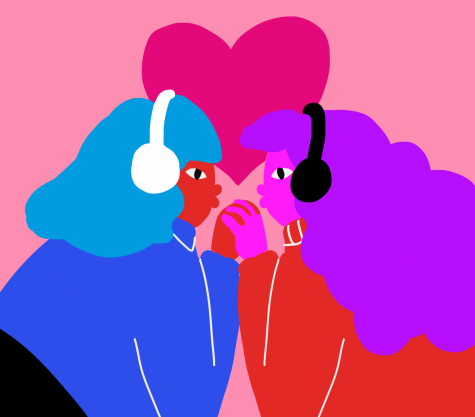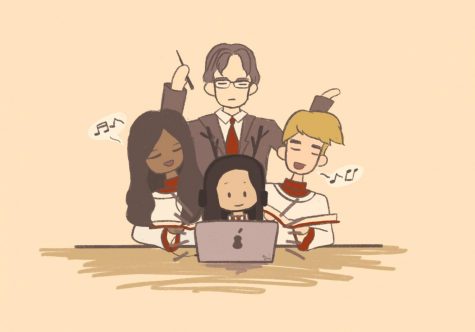Drop the Mic: Declining Open Mic Attendance
For the past few years, one of the most popular events at Groton has been Open Mic night. Students and faculty used to regularly pack Gammons Recital Hall, usually exceeding the number of chairs provided. Eager to see friends perform, or peers reveal hidden talents, audience members looked forward to Open Mic as an entertaining break from schoolwork and stress.
Since the end of last year, however, Open Mic attendance has been dwindling. According to a survey question with 86 respondents, 60% of Groton students think the Open Mic attendance compared to previous years have decreased. One of the co-heads of Open Mic, Sophie Conroy ’19, expressed concern about the drop-off. “Gammons would be so packed my second form year that people would have to sit on the window ledges,” she said. “Now, this year at least, for the two Open Mics we’ve had, the back two rows were pretty empty, not as full of a room, and the energy was different.”
Why are people at Groton less excited about Open Mic? Are the performers just not as talented as they used to be? Open Mic co-head Clement Banwell ’19 doesn’t think so. “The performances are always great,” he commented. “The new performers for this recent one were really great, like they were pros… We have a lot of dance that comes now, like the step group, which is all very new, and interesting.”
Other students, however, do not feel that the quality is what it used to be. Chioma Ilozor ’20 said, “There were Open Mic regulars who were really entertaining in third form … but over the past year there hasn’t been a standard act who you could go see.” One survey respondent agreed, saying they were “more inclined to stay to the end in the past,” because they awaited performances by Piper Higgins and Phoebe Fry ’17 who performed the final pieces of each show when they were heads.
One lower school student felt that inconsistent quality kept lower schoolers in particular from having anyone to look forward to. Clement had hoped that by getting more lower schoolers to perform in the most recent Open Mic, they might attract more lower schoolers to watch as well, but that didn’t seem to be the case. “There were four new kids in the most recent Open Mic,” he said. “But the lower schooler attendance was pretty low, or sometimes kids would leave after their performances.”
The amount of performers has dropped along with attendance. The two recent Open Mics only lasted about 45 minutes, compared to the sets that used to run at least one hour long. The decline in performers and audience members has worked in a vicious circle. More people performing often means more attending, and thus more word-of-mouth publicity, which encourages more people to perform. Fewer people performing and attending generates less buzz. One survey respondent said that Open Mic this year is less packed because it has less “hype” than before.
Changing days and times may also be an issue. Open Mic used to have a regular time slot on Fridays, but Friday night conflicts with Jewish services and Saturday scheduling issues with the Student Activities Committee have ruled out both those days for future events. Open Mics now take place unpredictably, and this may keep it from building up momentum or a consistent audience.With weekends unavailable, the most recent Open Mic took place on a Monday, but there were two other meetings going on at the same time. Chioma said, “There shouldn’t be a reason why you can’t go for an hour to support your classmates performing,” but during the week, getting overloaded with schoolwork and other commitments can make it less convenient for students to take a break and attend Open Mic. Also, when students show up, some often don’t stay for the whole show. One survey respondent said “I try to, especially because I usually go for certain acts and they tend to be at the end, but it eats up so much time and I have homework and other commitments so I can’t always.” Another respondent said that they only go to watch their friends.
There is probably no single time when nothing else is going on, and there is no weekday that doesn’t have at least one meeting scheduled. Still, if Groton students want to maintain the tradition of Open Mic nights, something—scheduling, participation, attendance—will have to jumpstart a change. Otherwise, Open Mic may have to close up shop. That’s a mic drop nobody is looking forward to.


